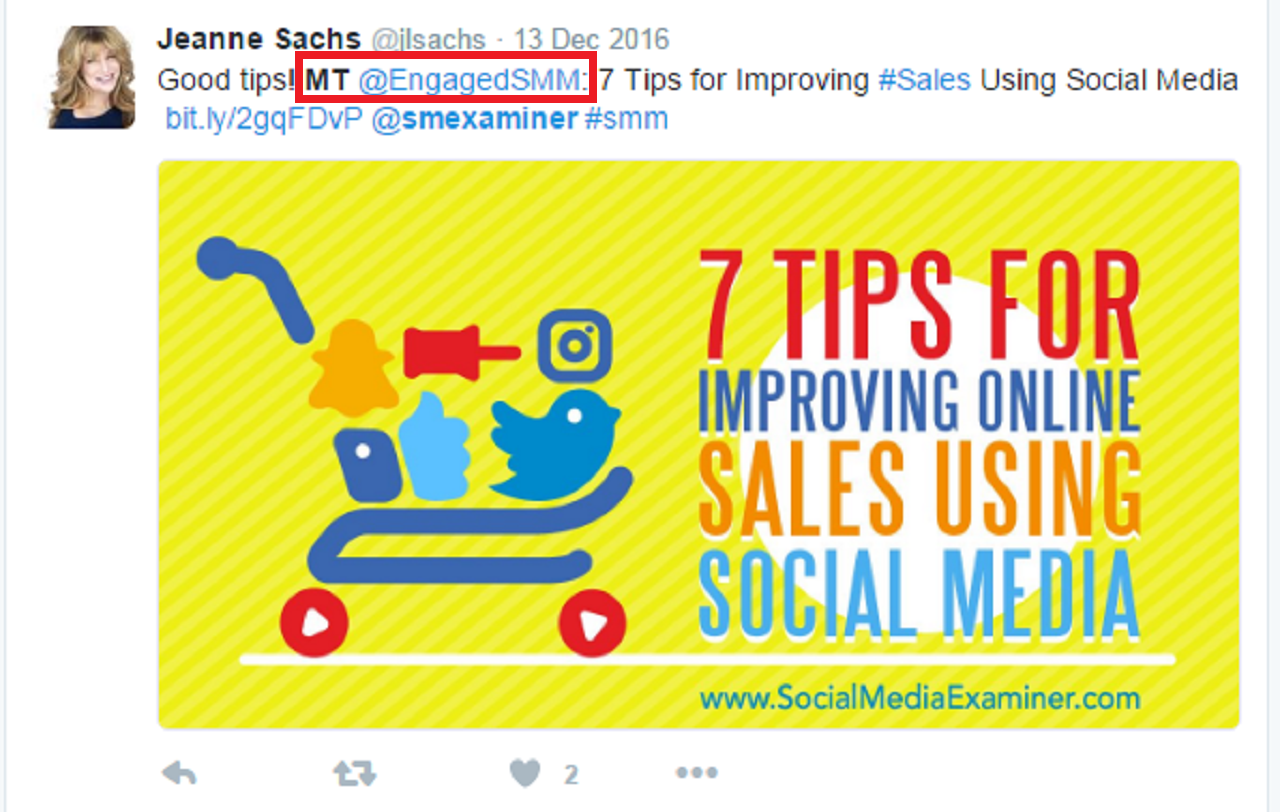
Accordingly to the 2013 Content Marketing Benchmarks, Trends and Budgets, 68% of marketers were using content curation as a content marketing tactic. Some years have passed, but many marketers will agree that content curation is just as important today.
Content curation is like coupons. According to Couponbuffer, over 300 billion coupons are distributed, but only 0.7% are redeemed. Similarly, millions of content in different formats are created daily, but very little ever gets to an end user.
Just as coupon redemption is important for customers and marketers alike, content curation is vital for both marketers and their audience. But how? Here are some ways content curation compliments your content marketing efforts.
- Improved brand visibility
Thankfully, the “build it and they will come” mindset that has plagued many marketers and business owners over the years is dwindling. Sure, content curation is not a cure all for brands seeking visibility. Because when you do it the wrong way, you can lose followers and/or subscribers who’d help you share and spread word about your business faster than you gain them.
Don’t just share content but add your own perspective to it. This tweet can be better, but you get the point.
When you curate content from other brands and bloggers, whether website content or social media content, eventually they will notice you. Eventually, if you create great content too that aligns with their brand’s voice and industry, they may share it with their followers.
If they don’t share it, you can ask them to do so. Some may be inclined to do it not just because you have epic content but also as a favor for sharing theirs.
The trick here is be genuine. This is an era when some marketers will use templates they find online to send messages to influencers just to stroke their ego. Stand out by using sincere commendation.
Apart from social visibility, content curation also improves search visibility. Typically, curated content on your website will include outgoing links to authority publications, use of brand names, keywords, products, and other influencers relevant to terms you want to rank for. These are all important for SEO.
If your content is good enough and extensively promoted too, you’ll also earn links from other sites. And links are generally believed to be the second most important ranking factor.
- Better content ideas
Some marketers today are not creating enough content because they do not have enough content ideas to work with. Others feel that it’s no use creating content because of content shock.
Regardless, according to the 2018 B2B Content Marketing Benchmarks, Budgets, and Trends, 78% of marketers say that the creation of higher quality and more efficient content is the outstanding factor behind the content marketing success they’ve had in the past year. So contrary to what some may think, efficient content creation still works.
When you research content to curate, you can use some of them as the basis of your own content ideas.
For example, the content shock article linked above went viral and was shared thousands of times on social media. But it also forced marketers to think, investigate, explore and even create experiments to prove or disprove the content shock theory. Content ideas were born.
Articles like the ones below were created on the back of the “content shock” piece.
For more, you can perform a Google search for “no content shock” to see other articles supporting or countering the original content shock article.
These examples show that you can curate content you do not agree with and offer insight into why you disagree based on your own personal experiences or data. This will provide more content for your content marketing arsenal and over time you’ll be seen as an expert or thought leader in your niche. And that’s the next point.
- Industry thought leadership
When you create credible, well-researched, and useful content, over a period of time, you’ll become an industry thought leader. People will know that if they seek information about your industry they can always trust content you have to help them.
When you’re curating content, you may need to sieve through tens or hundreds of content to find some or just one that will be useful to your audience. With time, you’ll become a pro at discerning valuable content. Knowing where your audience can find great content can be as important as creating good content especially in this day of information overload.
When your personal opinions on content you share helps your audience understand complicated issues better, it also enhances your influence and thought leadership.
Additionally, scanning, reading, and analyzing different content can help you watch out for trends, similarities, and any other general changes in your niche. I’m pretty sure such analysis gave birth to the “content shock” article mentioned earlier. True, brazen opinions, ideas, or predictions, are not set-in-stone criteria of wannabe thought leaders, but it sure helps to quicken the process.
- Building your ideal tribe
Just as guest posting helps you siphon part of the readership of your host’s blog onto yours, content curation can also help you funnel some readers from influential social channels and sites to yours. It is the literal version of the proverbial “standing on the shoulders of giants.”
When you are a trustworthy source of information, you’ll be noticed even in over-saturated niches and more people will follow you for your insights. However, it’s not just about insights. When your curated content engages your current audience, more than likely it will start conversations about you and/or your brand.
There are some mistakes to avoid in the quest to be more engaging or start conversations. Like Pam Neely mentioned in this post on content curation mistakes, do not share content from the same sources too frequently or your audience will get bored. Because why should they follow you and not your primary source of content?
Curate content in different formats. The occasional picture, GIF, meme, infographic, or even video will also boost your audience’s engagement level. Don’t curate content only to inform your audience, sometimes you can take a break and entertain them with other content formats.
Brain Pickings’ Maria Popova, SparkToro’s Rand Fishkin, and Next Draft’s Dave Pell have built sizable audiences via content curation.
As long as you stay true to your brand’s voice, and curate content your audience is interested in, you will find some measure of success.
Content curation can boost your content marketing arsenal
Contrary to what you may have read or heard, content curation isn’t as easy as some marketers make it sound. It takes as much or more time as creating content in other formats. But the benefits are immense.
Proper content curation will help you find holes in other content in your niche, which you can fill with your own content. It will delight your audience, help you see results for your content marketing, and ultimately, build your brand. What are you waiting for?







 (4 votes, average: 4.25 out of 5)
(4 votes, average: 4.25 out of 5)